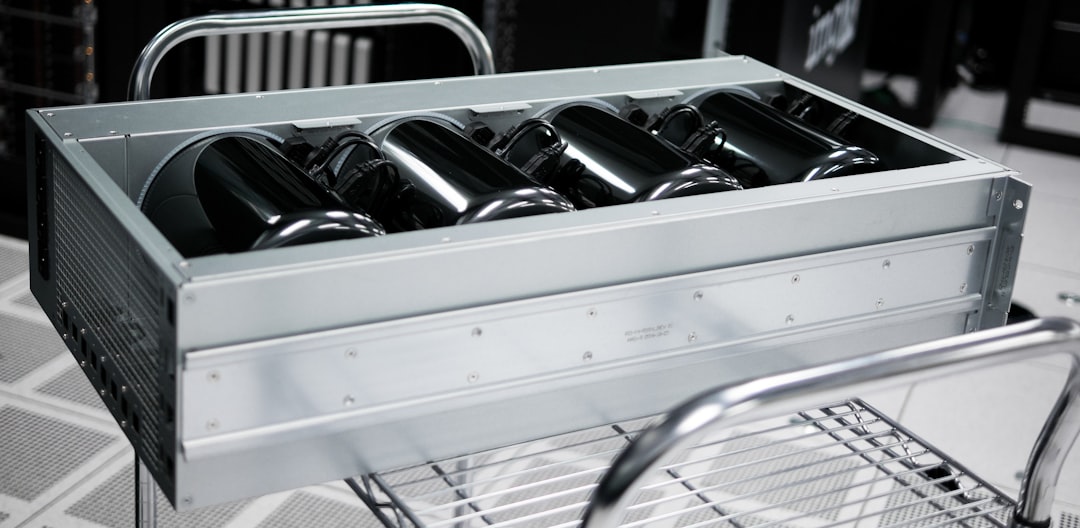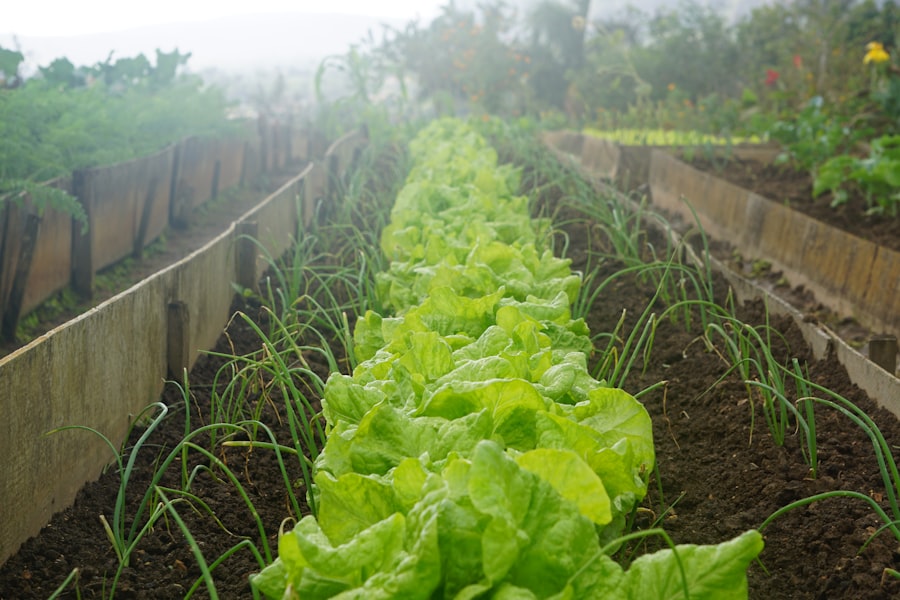Storing Onions: Tips and Tricks

Onions are a staple ingredient in many dishes, providing flavor and depth to a wide range of recipes. However, if not stored properly, onions can quickly spoil and lose their flavor. Proper storage is essential to extend the shelf life of onions and maintain their freshness and flavor. In this article, we will explore the importance of storing onions correctly and discuss various techniques to ensure that your onions stay fresh for longer.
Understanding the Shelf Life of Onions
Onions have a natural lifespan, and understanding this can help us determine how long they can be stored before they start to spoil. Onions typically have a shelf life of two to three months when stored properly. However, this can vary depending on the variety of onion and the storage conditions.
Storage conditions play a crucial role in determining the shelf life of onions. Onions should be stored in a cool, dry place with good air circulation. Exposure to moisture or high humidity can cause onions to rot quickly. Additionally, exposure to sunlight can lead to sprouting and spoilage. By understanding the natural lifespan of onions and controlling the storage conditions, we can maximize their shelf life.
Choosing the Right Storage Container for Onions
When it comes to storing onions, choosing the right container is essential. There are several options available, each with its pros and cons.
1. Mesh Bags: Mesh bags are a popular choice for onion storage as they allow for good air circulation. The mesh material helps prevent moisture buildup, reducing the risk of rotting. However, mesh bags may not provide complete protection from sunlight exposure.
2. Baskets or Crates: Baskets or crates made from materials like wood or plastic are another option for storing onions. They provide good air circulation and can protect onions from sunlight exposure. However, they may not be as effective at preventing moisture buildup as mesh bags.
3. Paper Bags: Paper bags are a cost-effective option for onion storage. They allow for some air circulation and can protect onions from sunlight exposure. However, they may not provide as much protection against moisture buildup as other containers.
Based on these considerations, the best type of container for onion storage is a mesh bag. It provides good air circulation and helps prevent moisture buildup, while also offering some protection against sunlight exposure.
Preparing Onions for Storage
| Method | Time | Temperature | Humidity |
|---|---|---|---|
| Curing | 2-4 weeks | 70-75°F | 65-70% |
| Drying | 1-2 weeks | 80-85°F | 60-70% |
| Freezing | Indefinitely | -18°C | N/A |
Before storing onions, it is important to prepare them properly. This involves cleaning and drying the onions to remove any dirt or moisture that could lead to spoilage.
To clean onions, gently brush off any dirt or debris using a soft brush or cloth. Avoid using water to clean onions, as excess moisture can promote rotting.
After cleaning, allow the onions to dry completely before storing them. Place them in a well-ventilated area for a few hours or overnight to ensure they are completely dry. This step is crucial to prevent moisture buildup during storage.
Ideal Temperature and Humidity for Onion Storage
The ideal temperature and humidity range for onion storage is crucial to maintain their freshness and flavor. Onions should be stored in a cool, dry place with a temperature between 32°F (0°C) and 40°F (4°C). The humidity level should be around 65-70%.
To achieve and maintain the ideal storage conditions, consider storing onions in a basement or cellar where the temperature and humidity levels are naturally lower. If you don’t have access to a basement or cellar, you can use a refrigerator or a cool pantry as an alternative storage location.
Avoiding Moisture and Sunlight Exposure

Moisture and sunlight exposure are two factors that can significantly affect the shelf life of onions. Moisture can lead to rotting, while sunlight exposure can cause sprouting and spoilage.
To avoid moisture buildup during storage, make sure the onions are completely dry before storing them. Additionally, choose a storage container that allows for good air circulation to prevent moisture from accumulating.
To avoid sunlight exposure, store onions in a dark place. If using a mesh bag or basket, place it in a cool, dark corner of your pantry or cellar. Avoid storing onions near windows or in areas where they may be exposed to direct sunlight.
Best Places to Store Onions in Your Home
When it comes to storing onions in your home, there are several options to consider. Each location has its pros and cons.
1. Basement or Cellar: Storing onions in a basement or cellar is ideal as these areas tend to have lower temperatures and humidity levels. However, not everyone has access to a basement or cellar.
2. Refrigerator: If you don’t have a basement or cellar, storing onions in the refrigerator can be an alternative. However, it’s important to note that the cold temperature can cause onions to become soft and lose their flavor over time.
3. Cool Pantry: A cool pantry can also be a suitable location for onion storage. Make sure the pantry is well-ventilated and away from direct sunlight.
Based on these considerations, the best location for onion storage is a cool pantry. It provides a suitable temperature range and can be easily accessed for everyday use.
Tips for Extending the Shelf Life of Onions
In addition to proper storage techniques, there are several tips you can follow to extend the shelf life of onions:
1. Separate Onions: Onions release gases that can cause other produce to spoil quickly. Store onions separately from other fruits and vegetables to prevent premature spoilage.
2. Check for Spoilage Regularly: Regularly inspect your stored onions for any signs of spoilage. Remove any spoiled onions immediately to prevent them from affecting the others.
3. Use the Oldest Onions First: When using onions, make sure to use the oldest ones first to prevent them from spoiling.
4. Avoid Cutting Onions in Advance: Cutting onions in advance can cause them to lose their flavor and become mushy. It’s best to cut onions just before using them.
Signs of Spoilage and How to Deal with Them
Despite our best efforts, onions can still spoil. It’s important to know the signs of spoilage and how to deal with them.
Signs of onion spoilage include mold, soft spots, foul odor, and sprouting. If you notice any of these signs, remove the spoiled onions immediately to prevent them from affecting the others.
If only a small portion of an onion is spoiled, you can cut away the affected area and use the rest. However, if the entire onion is spoiled, it’s best to discard it.
Maintaining Freshness and Flavor of Onions
Proper storage is essential to maintain the freshness and flavor of onions. By understanding the natural lifespan of onions, choosing the right storage container, preparing onions before storage, maintaining the ideal temperature and humidity, avoiding moisture and sunlight exposure, and storing onions in the best location in your home, you can extend their shelf life and enjoy their flavor for longer.
Remember to regularly check your stored onions for any signs of spoilage and follow additional tips for extending their shelf life. By implementing these techniques, you can ensure that your onions stay fresh and flavorful, enhancing your culinary creations.



